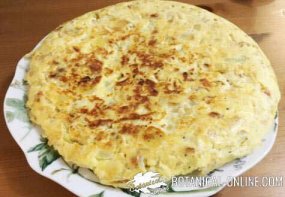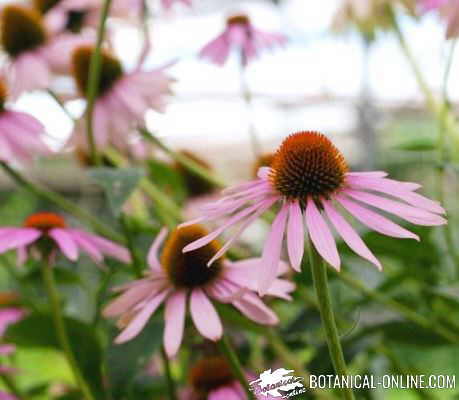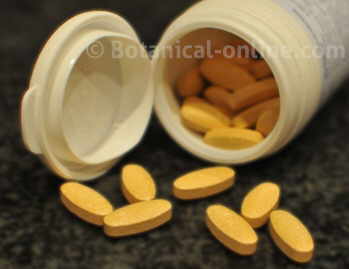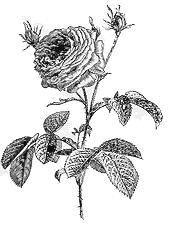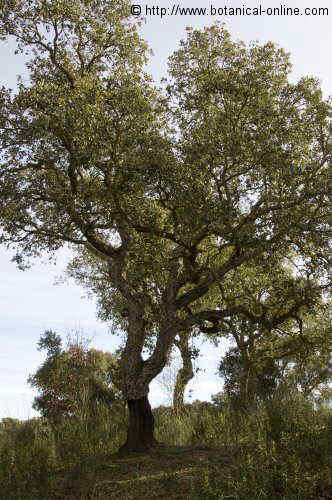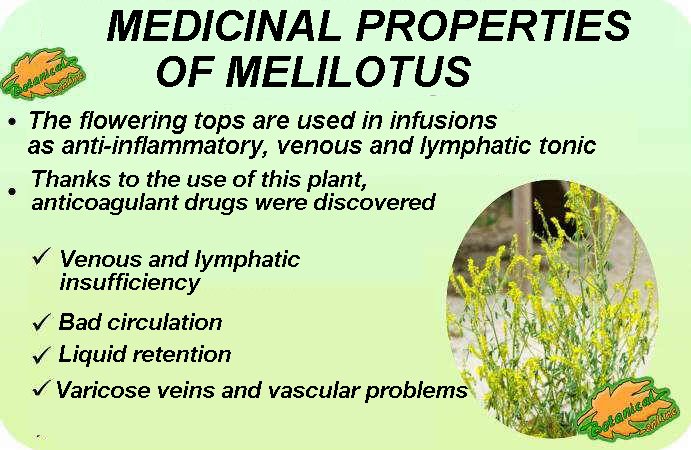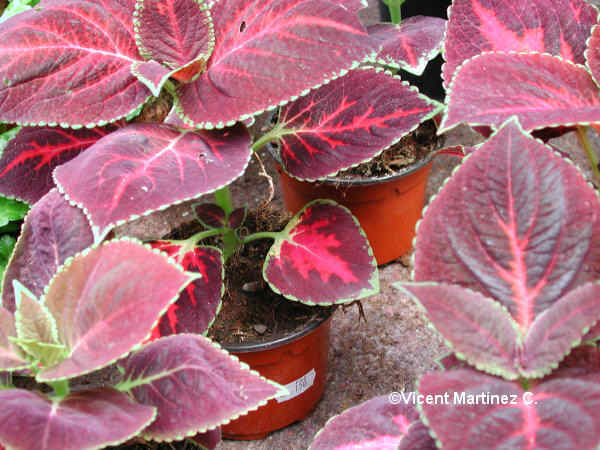Contents
¿What is a red poppy?
Characteristics of red poppy (Papaver rhoeas)
Scientific name: Papaver rhoeas L.
Family: Papaveraceae
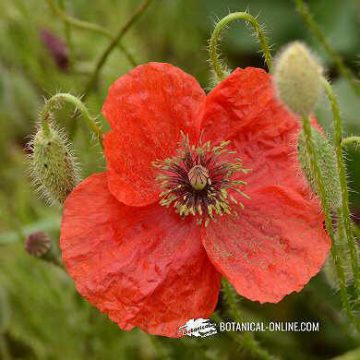
Habitat: fields, especially cereals and vacant lots. From sea level to 1700 meters. It is very abundant to the point that it is considered a weed.
Description of red poppy
Annual herb of the poppy family up to 70 cm in height.
Stems erect, hirsute.
Compound leaves with toothed leaflets pointed, upper sessile.
Flowers 5 to 10 cm of width of a scarlet red and sometimes with dark spots at the base and pendulous blossoms. Overlapping petals on the base.
Globular fruits hairless.
Main components of red poppy
- Alkaloids: reagenine, readine (rhoeadine) – In the whole plant.
- Acids: rhodeadic, papaveric
- Anthocyanins
- Sucrose
- Fiber: mucilage
- Pigments: mecocianine
TRADITIONAL USES OF POPPY
Traditionally, red poppy has been used as a very suitable remedy to combat nerve problems and respiratory tract.
Dioscorides (1) says of this plant:
| “Cook 5 or 6 heads of Papaver in 5 ounces of wine, until they are resolved in two and give this cooking to drink to those you want to be put to sleep” |
Nicholas Culpeper (2) (1616-1654) says about it:
| “The garden poppy heads, made into syrup, is frequently and to good effect, used to procure rest and sleep in the sick and weak and to stay catarrhs and defluxions of thin rheums from the head into the stomach and lungs, causing a continual cough, the fore-runner of a consumption. It helps also hoarseness of the throat and when one have lost their voice…. The black seed boiled in wine, and drunk, is said to dry the flux of the belly and women’s courses. The empty shells, or poppy heads, are usually boiled in water and given to procure rest and sleep…. “ |
Later, when speaking of other parts of plants, he adds:
| “The green leaves or the heads bruised and applied with a little vinegar, or made into a poultice with barley-meal or hog’s grease, cools and tempers all inflammations, as also the disease called St. Anthony’s Fire” |
Referring to other previous doctors, he adds
| ” The Wild Poppy or Corn Rose (as Matttiolus (3) said), is good to prevent the falling-sickness. The syrup made is good effect given to those that have the pleurisy, and the dried flowers also, either boiled in water, or made into powder and drank, either in the distilled water or them, or some other drink, works the like effect. The distilled water of the flowers is held to be of much good used against surfeits, being drunk evening or morning.” |
Referring to what not should be prepared with this flower says:
| “It is also more cooling than any of the other Poppies and therefore can not as effectual in hot agues, frenzies and other inflammation either inward or outward. Galeno (4) saith, The seed is dangerous to be used inwardly” |
(1) Pedanias Anazarbeo Dioscorides (40 – 90), botanist, physician and pharmacologist author of De Materia Medica, the book most often used in herbal medicine until the Renaissance.
(2) Nicholas Culpeper (1616-1654), English botanist, herbalist, physician and astrologer. Author of Complete Herbal (1653) a book of pharmacy based mainly on medicinal plants. Widely recognized.
(3) Pietro Andrea Gregorio Mattioli (1501-1577) physician and naturalist, author of Discorsi of Materia Medica of Dioscorides. This book discusses the species mentioned by Dioscorides and added a few more. It is famous for its 1200 recorded plant contained therein.
(4) Galen of Pergamum (130 – 200) Roman physician.
*Related information: Red poppy properties
![]() More information on medicinal plants
More information on medicinal plants

